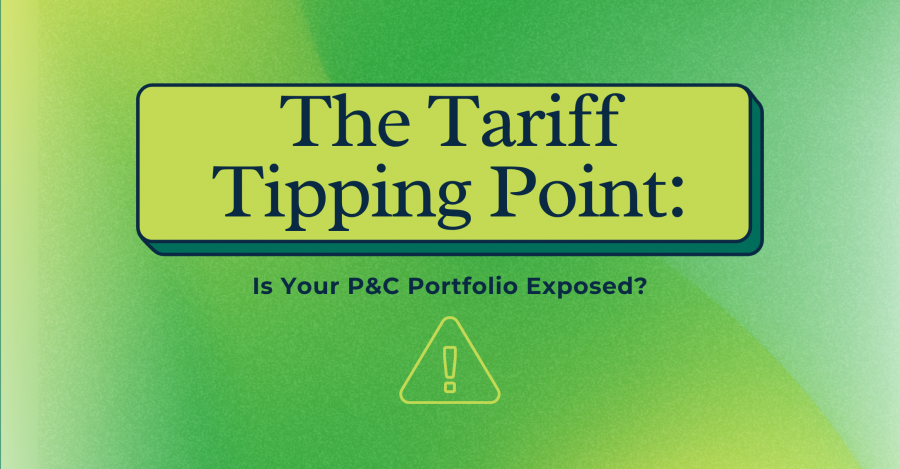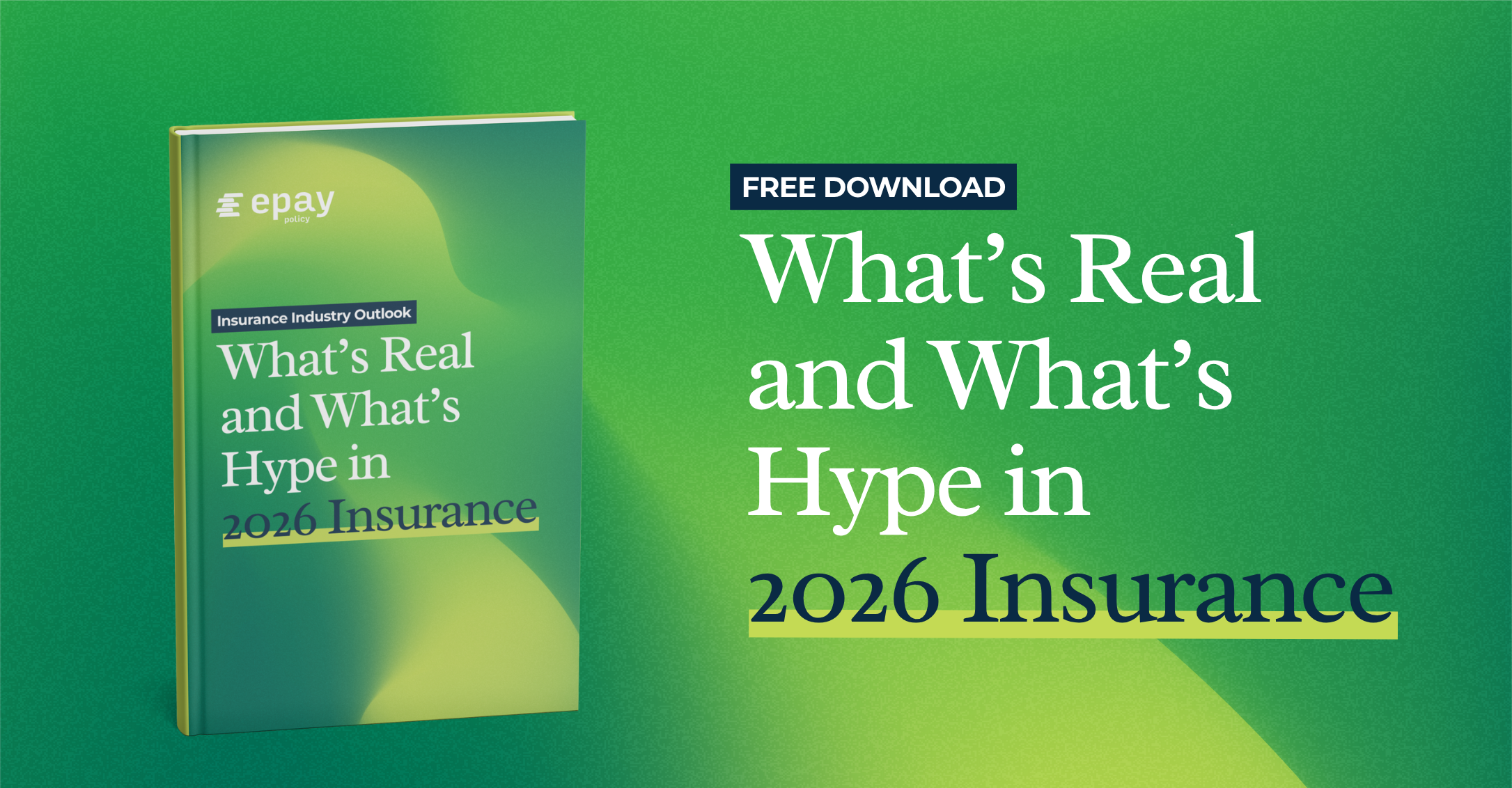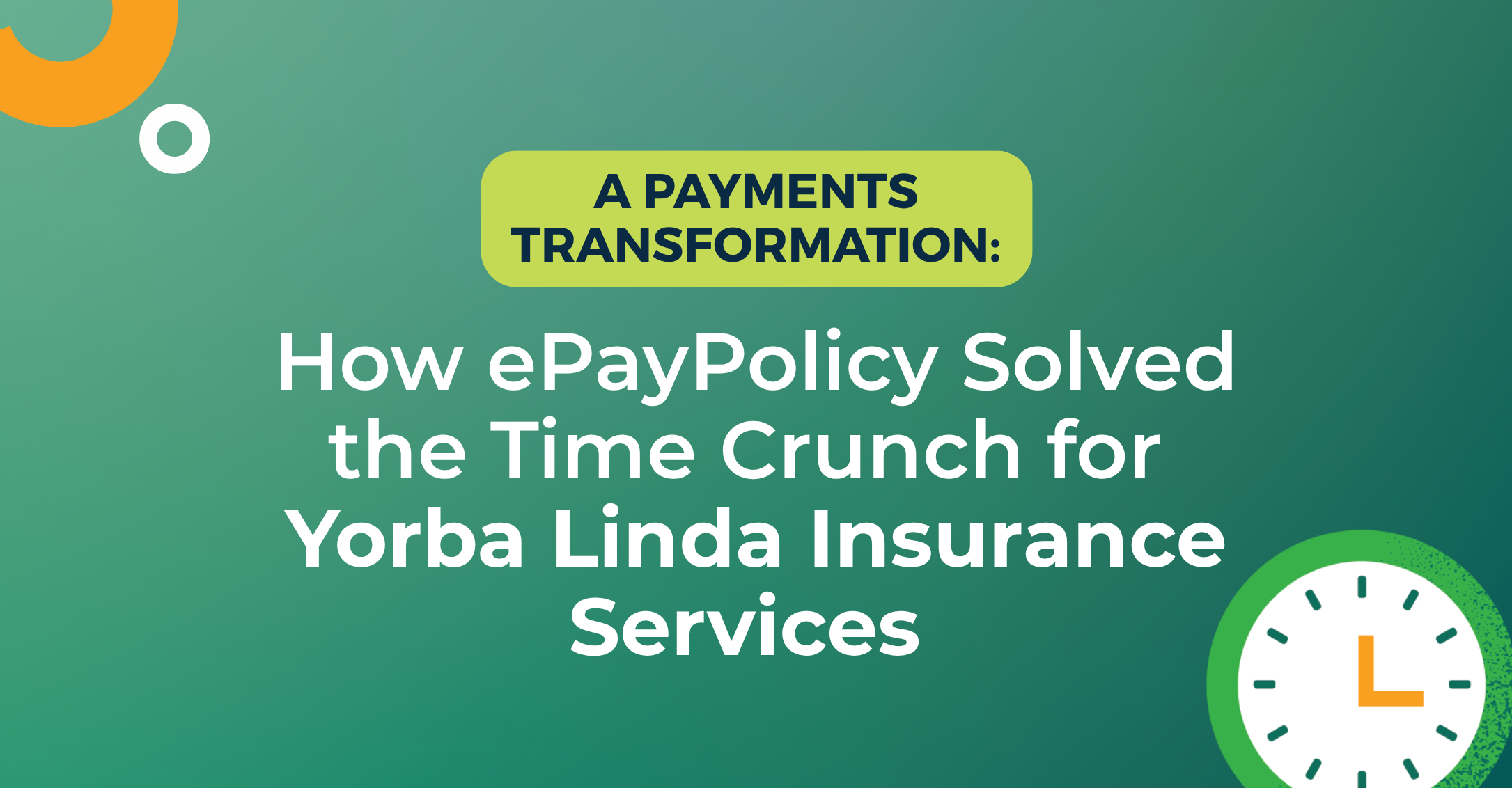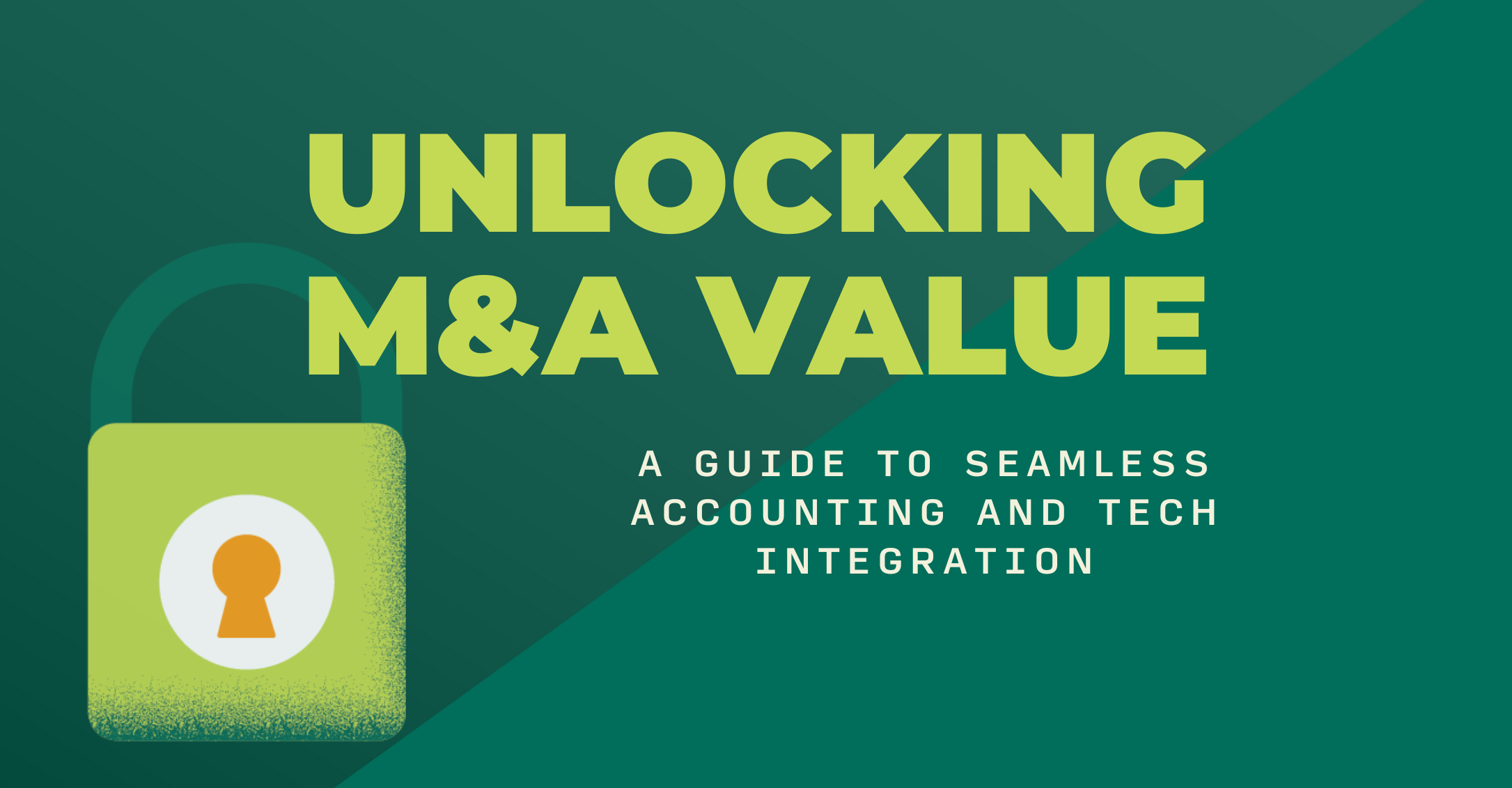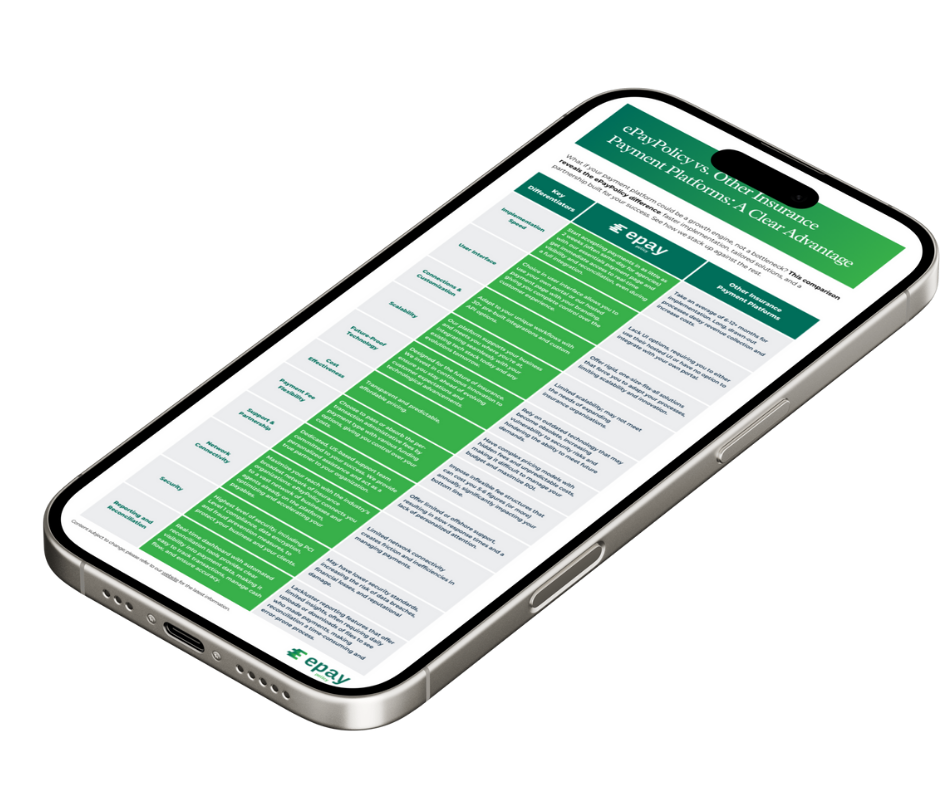“Tariff” is a word that’s gone from economic jargon to a global disruptor in just a matter of months, and it’s certainly making its presence felt across industries. It’s seen all over in headlines and market reports (including this one), and it seems as though all at once, what began as a targeted policy tool has quickly developed widespread implications, impacting everything from construction to manufacturing to transportation.
Insurers may not be the primary targets of trade policy, but they’re certainly in the path of its consequences. Rising material costs, shifting supply chains, and operational delays are redefining the risk landscape; what was once relatively stable underwriting assumptions has quickly changed into hard-to-pinpoint moving targets.
So, what does this mean for the P&C sector? This article explores how tariffs are reshaping the industry across claims, risk assessment, operational forecasting, and strategy, and most importantly, what insurers can do to regain control and confidently navigate these changes.
Key Tariff Impacts on P&C Insurance
Climbing Claims Costs (The Upward Spiral Nobody Wants)
Tariffs on imported goods, such as steel, lumber, and auto parts, have driven up repair and rebuild costs by 10–20%, and auto insurance is feeling the impact first. Since more than half of U.S. auto replacement parts are sourced from outside the U.S., these price hikes mean insurers are paying more to settle each individual claim. In fact, a 25% auto tariff is projected to increase full-coverage car insurance prices by at least 8% by the end of 2025. As a result, auto insurance premiums are projected to rise by 6–10% by the end of the year.
In the property insurance world, the story is similar. The U.S. heavily relies on imported materials for roofing systems, HVAC components, and other structural supplies like timber from Canada and steel and aluminum from countries like China, Germany, and Japan. Tariffs on these materials alone could increase home reconstruction costs by 5% to 15%, depending on the home’s location and structural type.
Consider this example: If a home originally insured for $430,000 now costs $500,000 to rebuild due to higher material and labor costs, the insurer will need to raise the coverage limit (that means higher premiums for the homeowner and higher exposure for the insurer).
The impact extends to commercial projects as well. A projected 3% to 5% rise in commercial construction costs threatens to delay projects and inhibit new supply. This presents a bit of a mixed blessing: it could temporarily help balance demand in areas like multifamily, allowing recent new construction to be absorbed. However, this same trend may eventually cause problematic supply shortages, particularly in emerging prime office markets.
Volatile Risk Profiles are Keeping Insurers on Their Toes
As businesses respond to tariffs by reshoring, changing suppliers, or tweaking products, insurers are forced to think fast and respond accordingly. These shifts can lead to rushed production, new and unfamiliar vendors, and inconsistent quality control, all of which increase liability exposure. Traditional risk models struggle to keep up, leading to challenges like:
- Liability risks rising (no surprise here) with new vendors and production shortcuts, increasing the chances of potential product defects, workplace accidents, cyber risks, and other operational mishaps.
- Assessing and pricing policies accurately becoming increasingly difficult as past data loses relevance with suppliers and operations changing so quickly.
- Claims growing in both frequency and cost
- New regulatory risks being introduced when changing supply chains, increasing the chance of compliance gaps or disputes.
- Delays in adapting coverage or resolving claims which can potentially frustrate clients and strain relationships.
- Needing to boost reserves and adjust rates, tightening already slim margins.
And as if dealing with such volatile profiles isn’t enough, insurers are simultaneously facing a surge in previously-niche-gone-essential complex risk categories.
Emerging and Complex Risk Categories Take the Stage
More businesses are seeking coverage for evolving risks like contingent business interruption and supply chain disruptions. As trade routes shift and suppliers become less predictable, these policies are moving from “nice-to-have” to absolute essentials. But underwriting them isn’t easy. As mentioned earlier in this report, traditional models rely on stable patterns and historical data to inform policy creation, two factors that global trade volatility has completely disrupted. Tariffs, geopolitical tensions, and shifting alliances create a level of unpredictability that standard forecasting tools weren’t designed to handle, making it much more challenging to quantify.
This growing complexity puts added pressure on underwriters who now need to account for political risk, multi-tiered supplier exposure, and even regional trade policy changes when pricing these policies. However, this intricate environment also means something big for insurance intermediaries: they’re becoming the essential guides clients lean on to make sense of these new challenges.
The Evolving Role of Insurance Intermediaries (Brokers & Agents)
While carriers are certainly navigating new terrain with tariffs and (quite literally) carrying the load of these economic shifts, brokers and agents are seeing their roles transform pretty dramatically as they become guides for their clients in this new world of shifting trade policies and redefined risks.
You see, the days of simply quoting a policy are fading. When tariffs throw curveballs like supply chain disruptions or changing property valuations, clients don’t just simply need coverage; they need someone who can help them make sense of it all. Brokers are now becoming trusted consultants, helping businesses understand unique tariff exposures and how these changes create a domino effect throughout operations. This advisory role not only builds deeper trust with insureds but also helps businesses stand out competitively.
This demand for specialized guidance opens exciting new opportunities for agencies and MGAs, such as consulting on trade volatility or sourcing essential niche policies. This is where technology becomes critical to truly embrace this expanded role. Enter tools like advanced CRMs, risk assessment platforms, and streamlined payment solutions that not only manage data but also free up valuable time for hands-on, expert advisory work with clients.
How to Manage the Changing Risk Environment and Optimize Internal Operations
As we’ve seen, tariffs and evolving global dynamics are fundamentally reshaping the risk for P&C insurers, introducing both increased volatility and entirely new categories of exposure. This new complexity demands more than just observation; it calls for a unified, proactive response across all levels of the insurance enterprise organizations.
So, how can insurance businesses effectively navigate these challenges, protect themselves, and optimize internal operations for resilience and growth?
- Harness Real-Time Data & Analytics: Integrate dynamic external data and AI to build predictive models for evolving risks, enabling responsive underwriting and claims handling.
- Stress-Test and Adapt Risk Models: Rigorously test portfolios against tariff-specific scenarios to understand impacts on reserves and profitability to build agile frameworks.
- Deepen Supply Chain Visibility and Due Diligence: For commercial policies, thoroughly vetting your clients’ supply chains and new suppliers to accurately assess and control the risks of business interruption and liability.
- Innovate Product & Pricing Structures: Explore flexible product designs (such as parametric insurance) and implement dynamic pricing strategies that quickly adapt to shifting costs and exposures.
- Elevate Underwriter Expertise: Equip underwriters with enhanced knowledge and tools to assess complex, emerging, and political risks, including granular supplier exposure.
- Strengthen Client Advisory & Communication: Proactively educate clients about emerging risks and support advisors in helping businesses understand unique exposures, fostering trust.
- Reinforce Cyber & Third-Party Risk Management: Enhance cybersecurity due diligence and business continuity plans for new vendor relationships, actively monitoring associated cyber risks.
- Optimize Operational Scalability & Technology Modernization: Upgrading legacy systems and investing in modern digital tools is essential. This includes adopting solutions like ePayPolicy to streamline payment collection and automate reconciliation.
- Align Regulatory Engagement: Engage early and proactively with regulators to transparently justify rate adjustments and reserve changes linked to macroeconomic drivers (like tariffs).
Tariffs Brought Full Circle
Tariffs are definitely shaking things up across the P&C insurance value chain by pushing costs up, making operations less predictable, and generally adding to the headaches. It’s understandably frustrating and even fear-provoking to try to navigate through all of these changes and the uncertainty they carry. But while insurers can’t control global trade policy, they absolutely can create calm in this storm by mastering their own operational agility and thinking strategically about what’s next. Because while tariffs might be today’s challenge, the reality is that similar economic shifts and uncertainties are always possible. Getting agile now means you’re not just ready for this, but for whatever comes next.
Ultimately, it’s the insurers who can truly adapt their whole company from how they size up risk and develop products, to how they run their day-to-day operations who will be the ones who won’t just survive this volatility, but come out the other side with incredibly loyal customers and a clear advantage for long-term success in the P&C sector.

